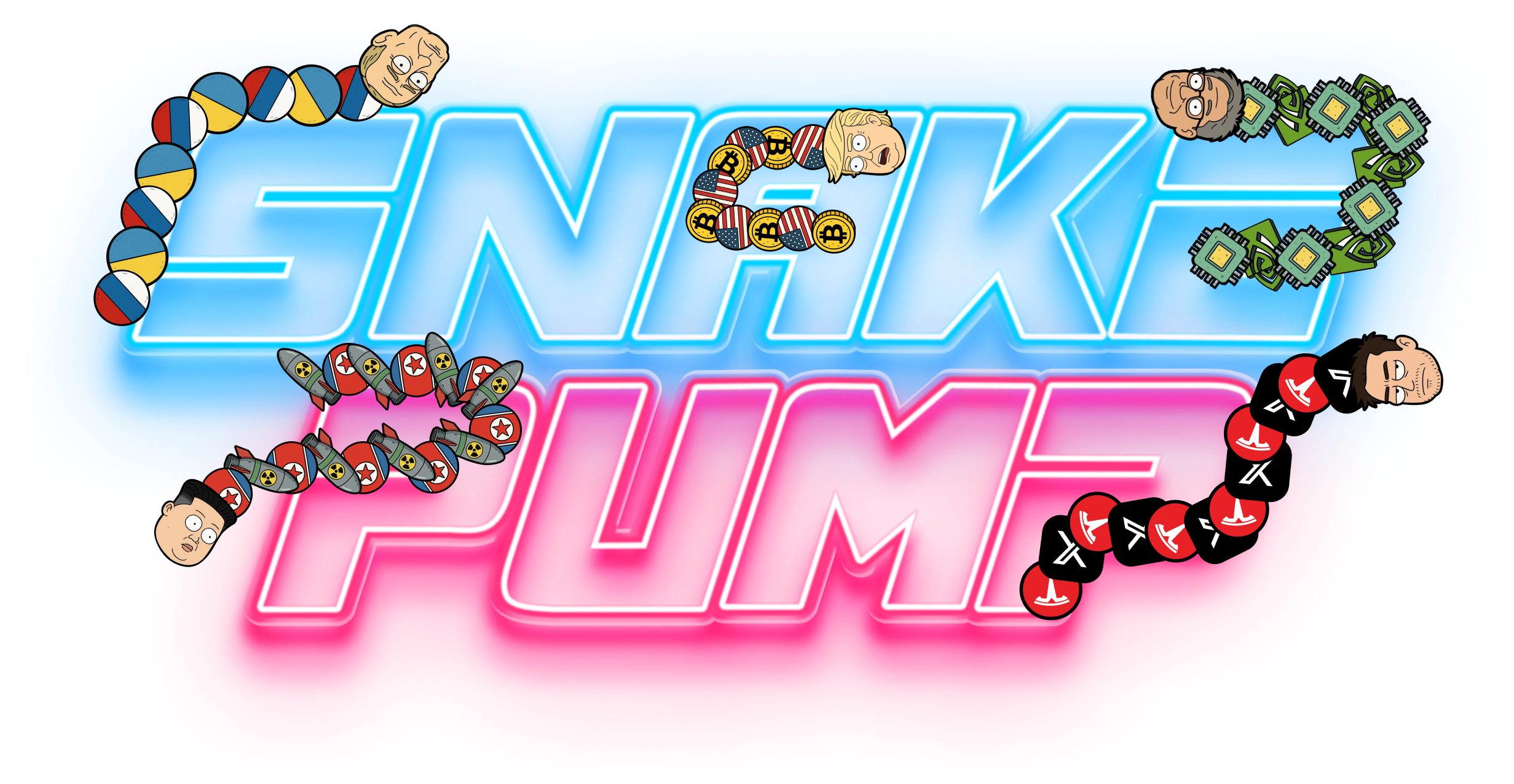Gameplay structure
Each round costs 1U to enter, creating a shared prize pool (90% goes into the prize pool, 10% goes into the gas pool.
The total number of game coins is 100,000, divided as follows:
- 75% Ordinary coins (75,000 coins, value ratio 1:1)
- 15% Rare coins (15,000 coins, value ratio 1:5)
- 5% Legendary coins (5,000 coins, value ratio 1:10)
The coins are distributed by the system in batches according to time and the number of participants. Any unused coins from each round will be released during Bonus Time.
Entry and exit logic
Players enter and start the game immediately, with an initial countdown of 60 seconds. Each time a new player joins, the countdown is extended by 30 seconds (this can be extended only once per wave).
If no one joins within 30 seconds, the game enters Bonus Time. Players can exit at any time, taking 70% of the coins they have consumed, while 30% will be taken as a fee and entered into the platform's revenue pool (the principal is not refunded).









